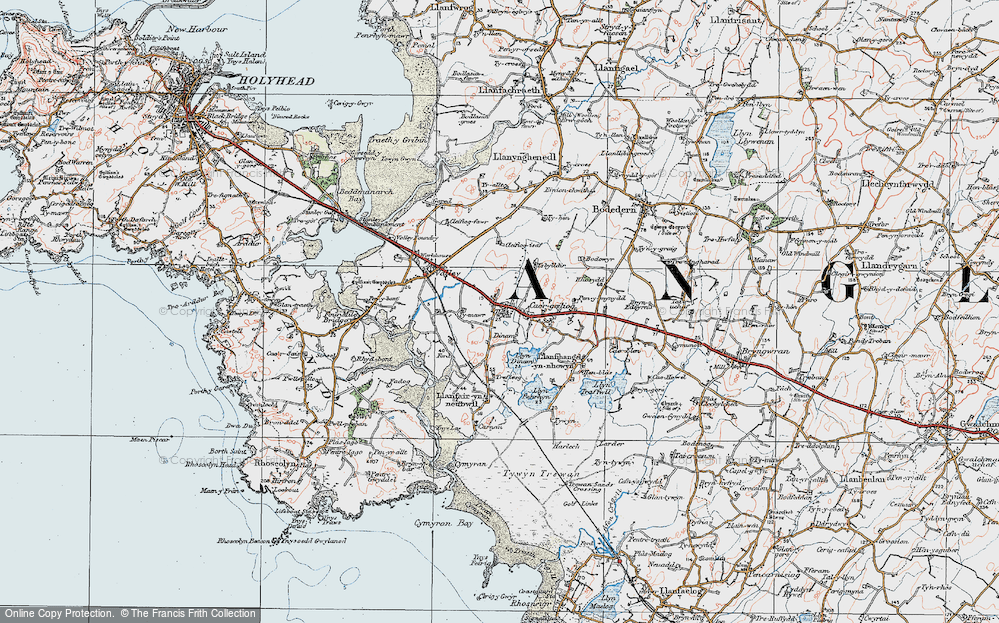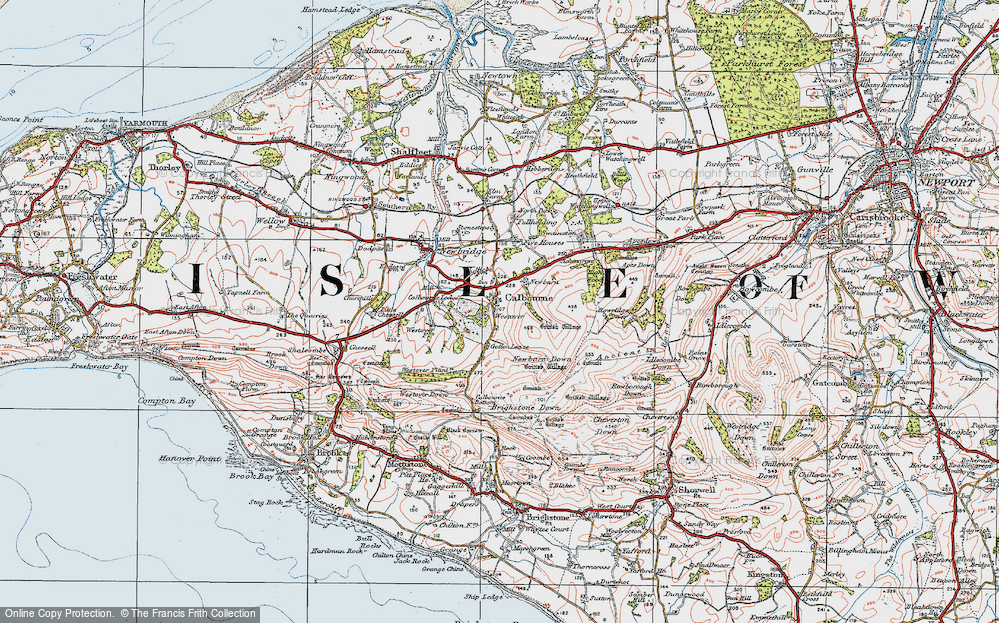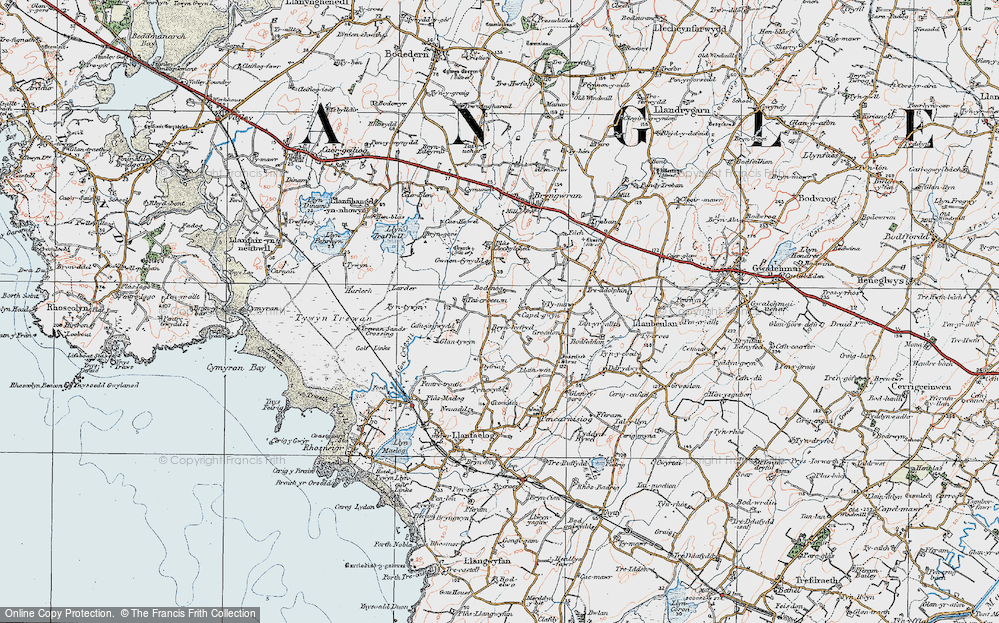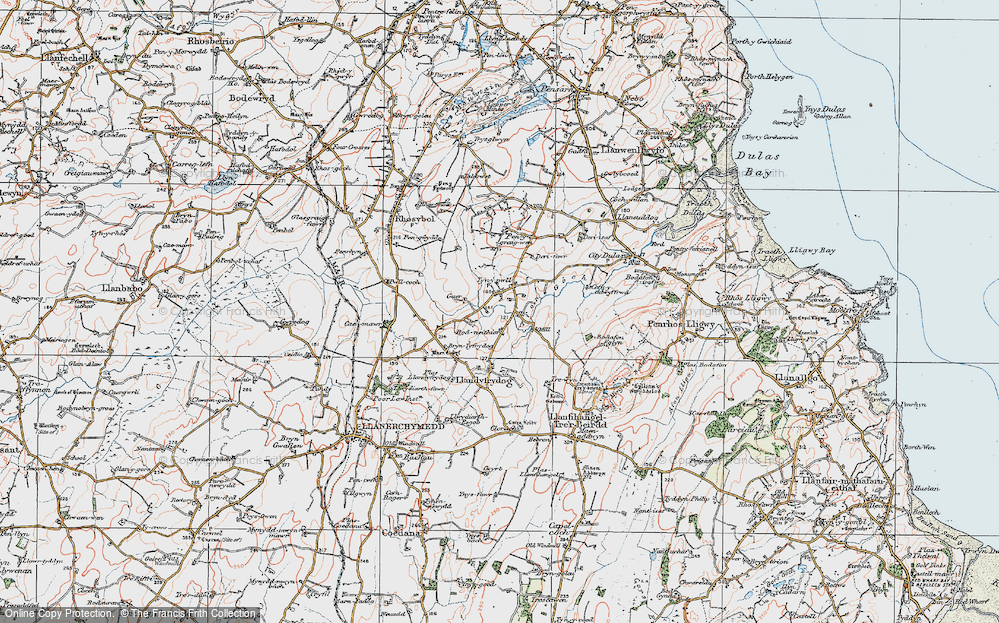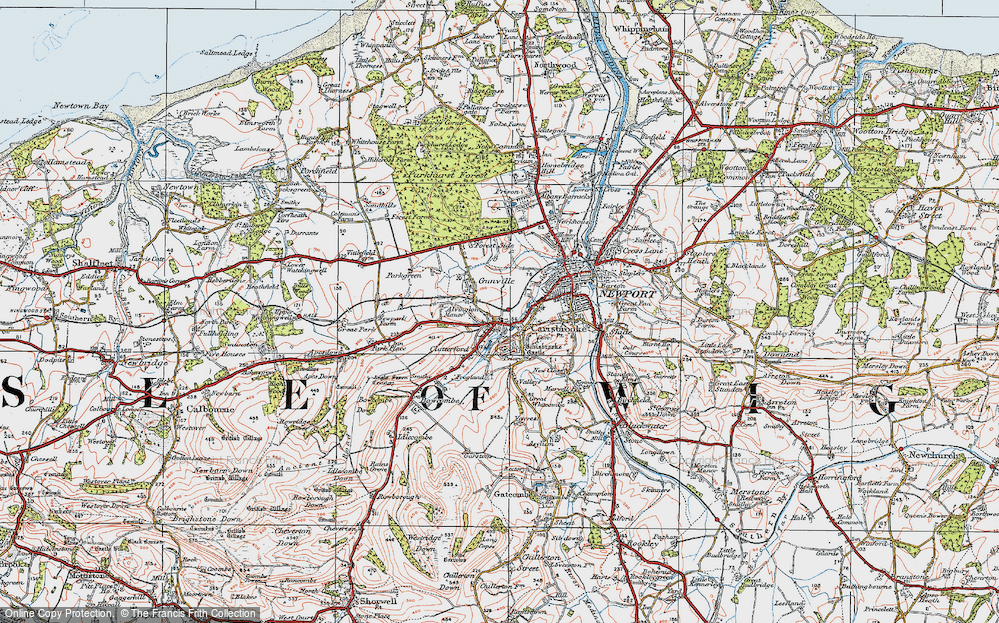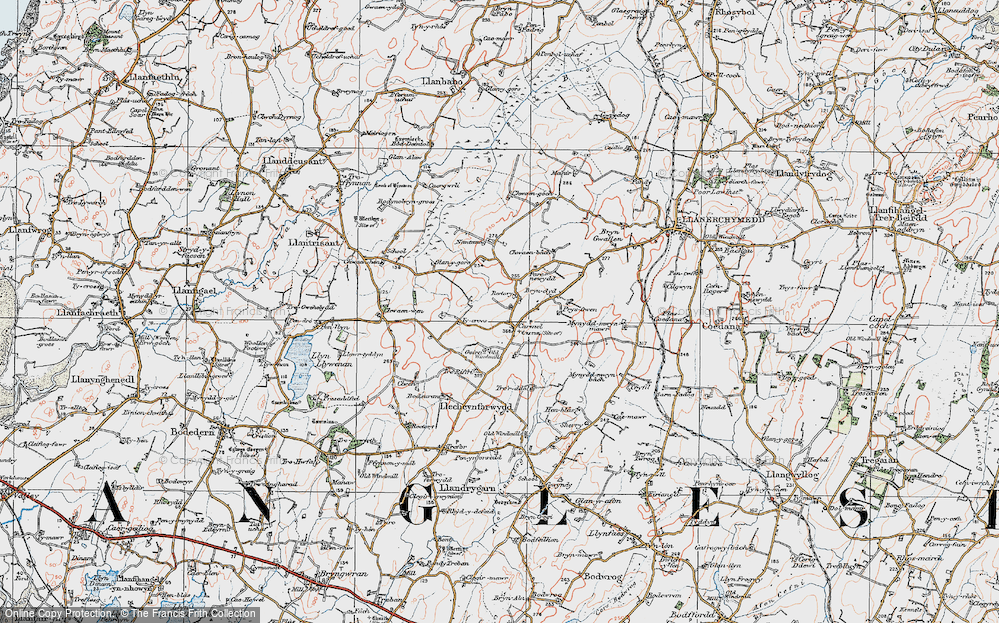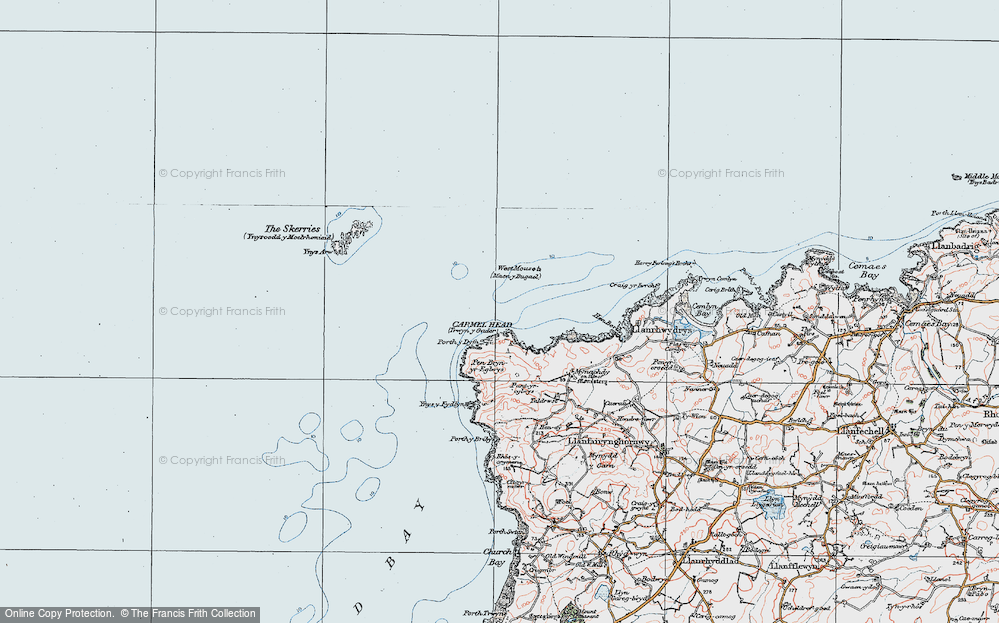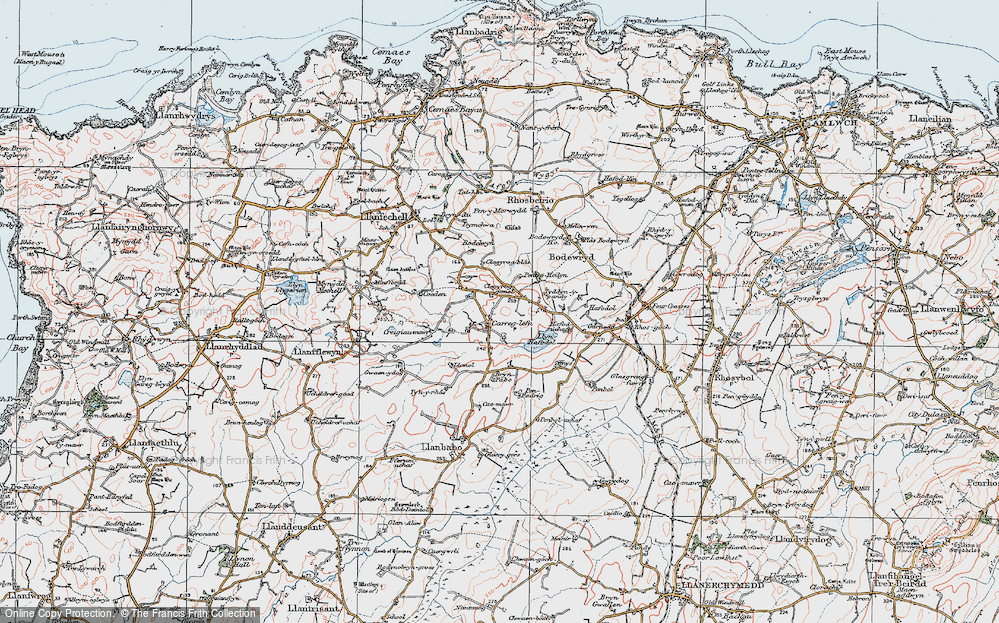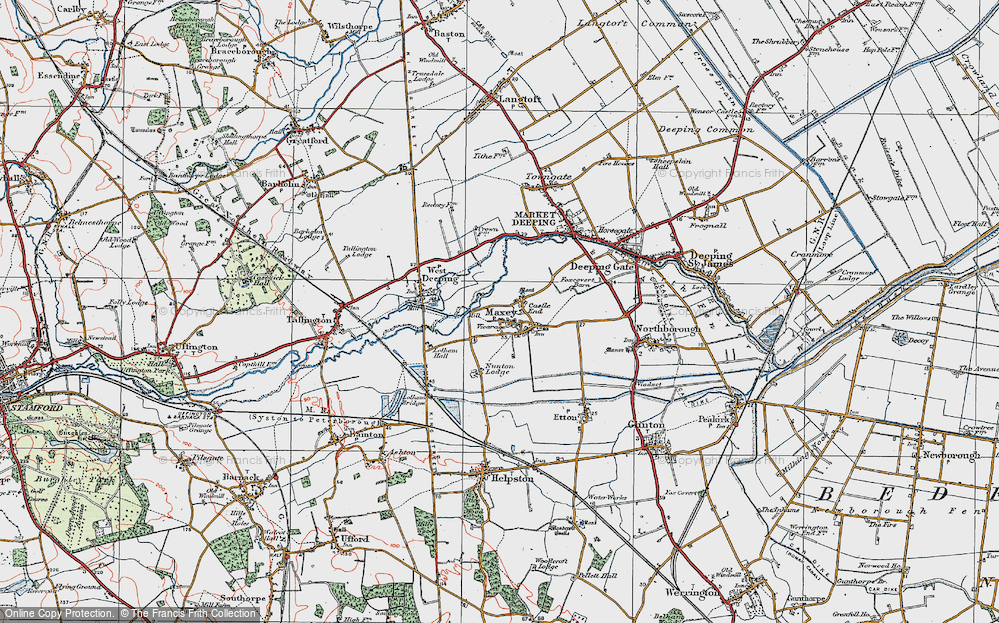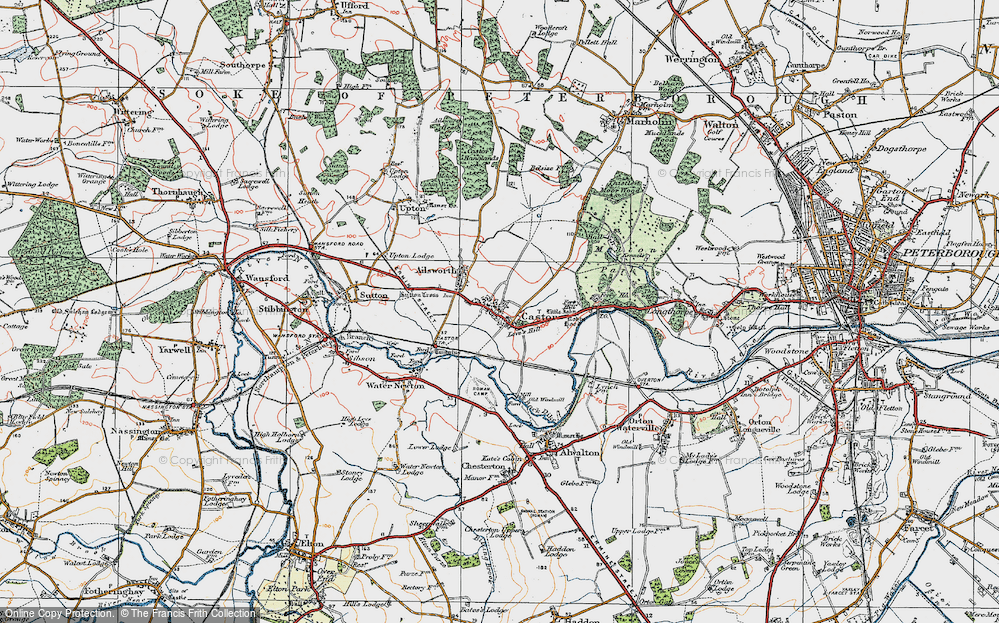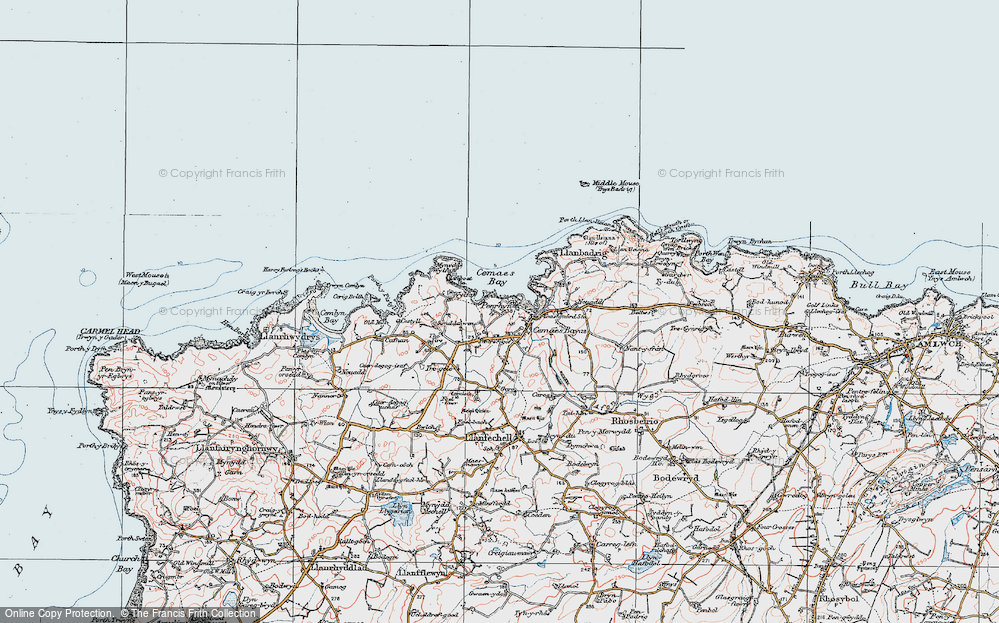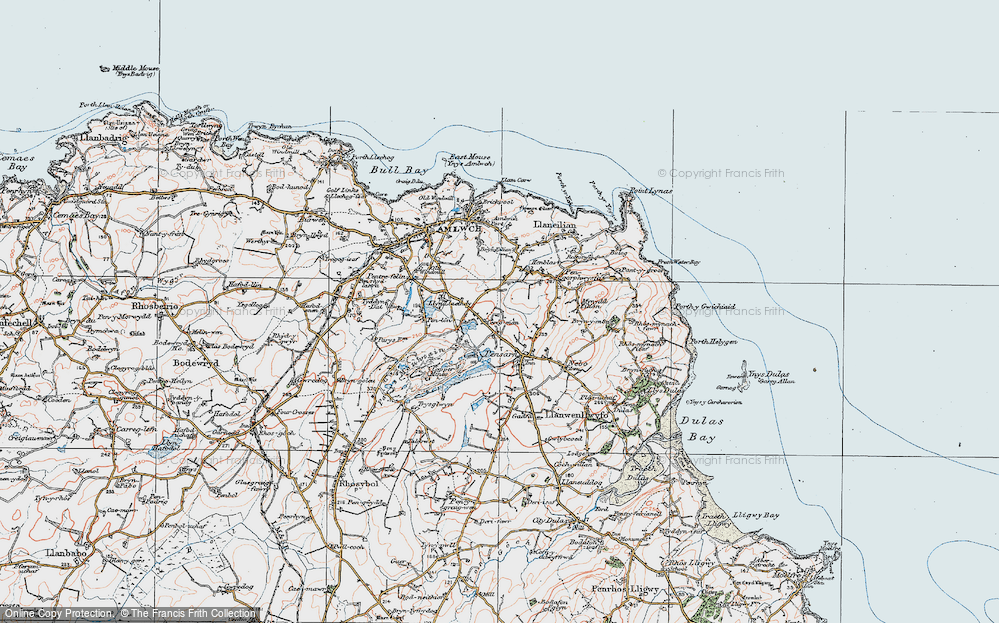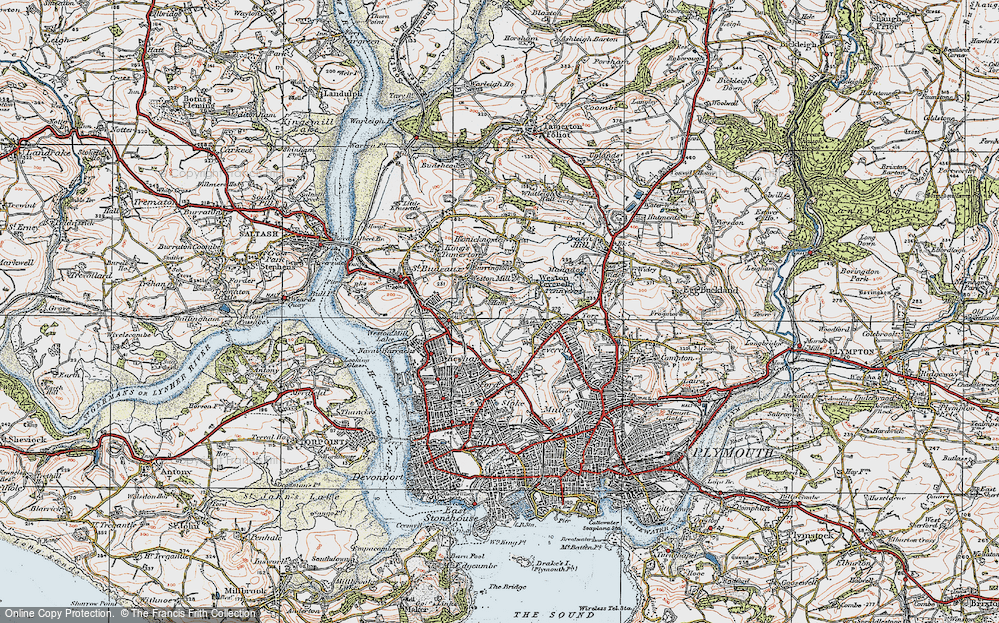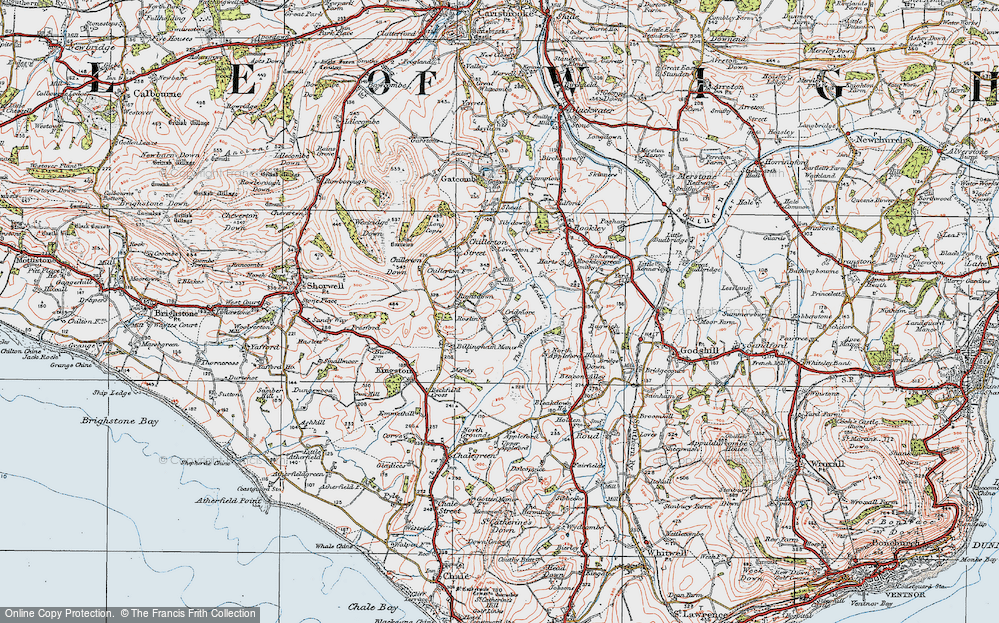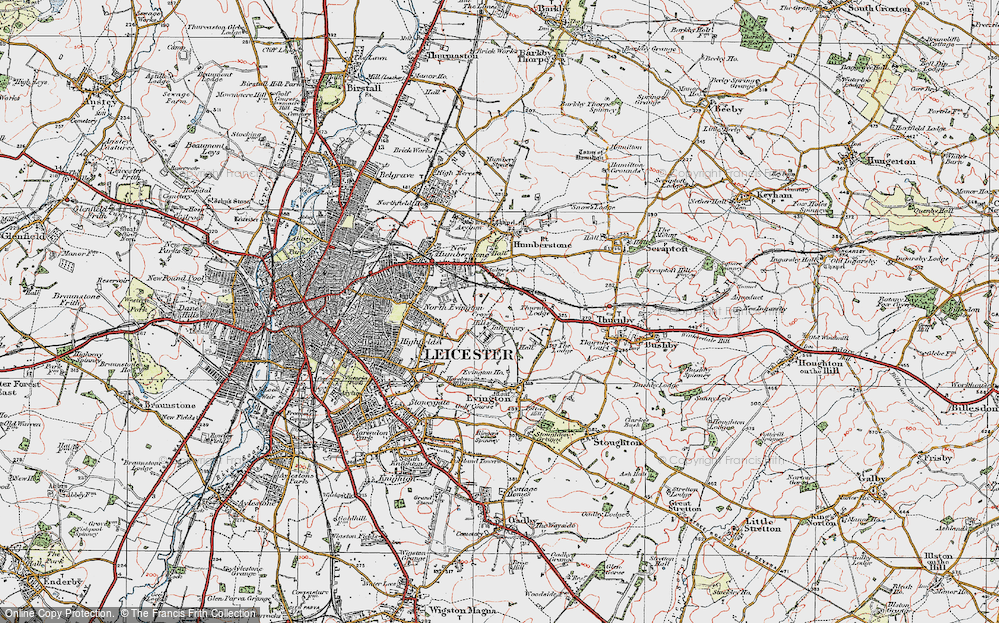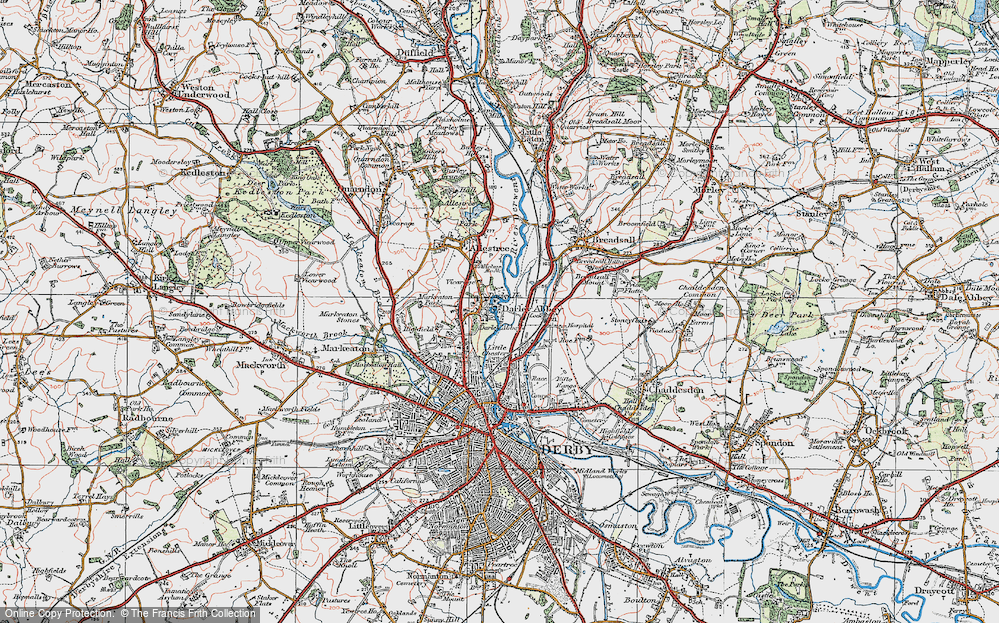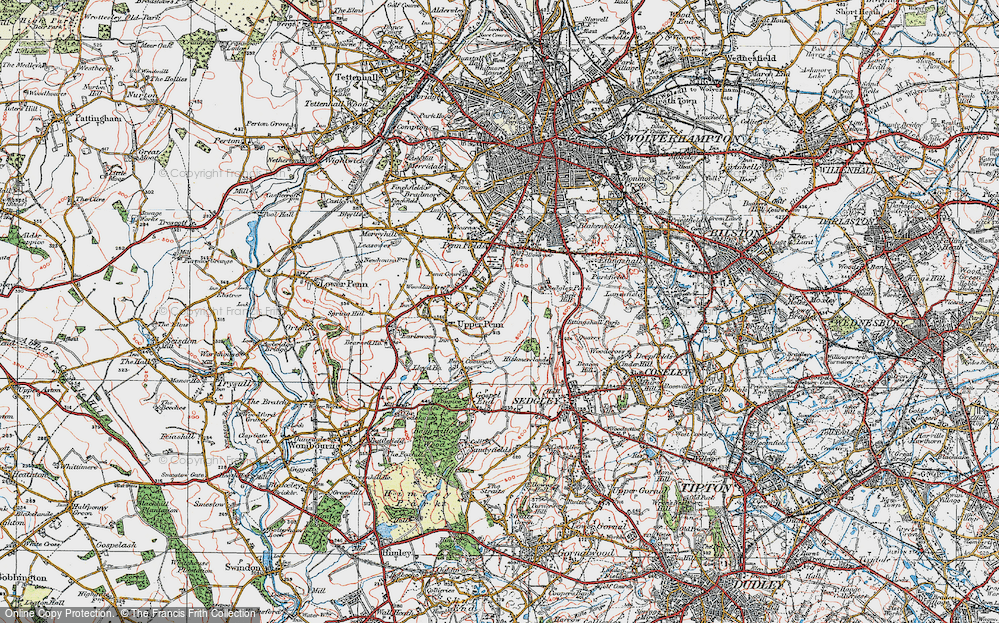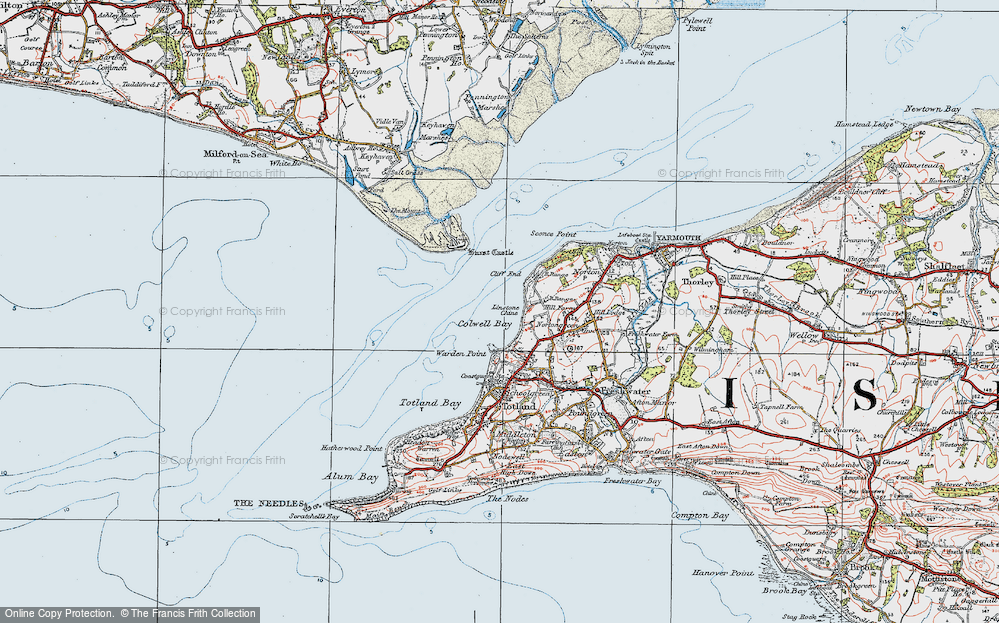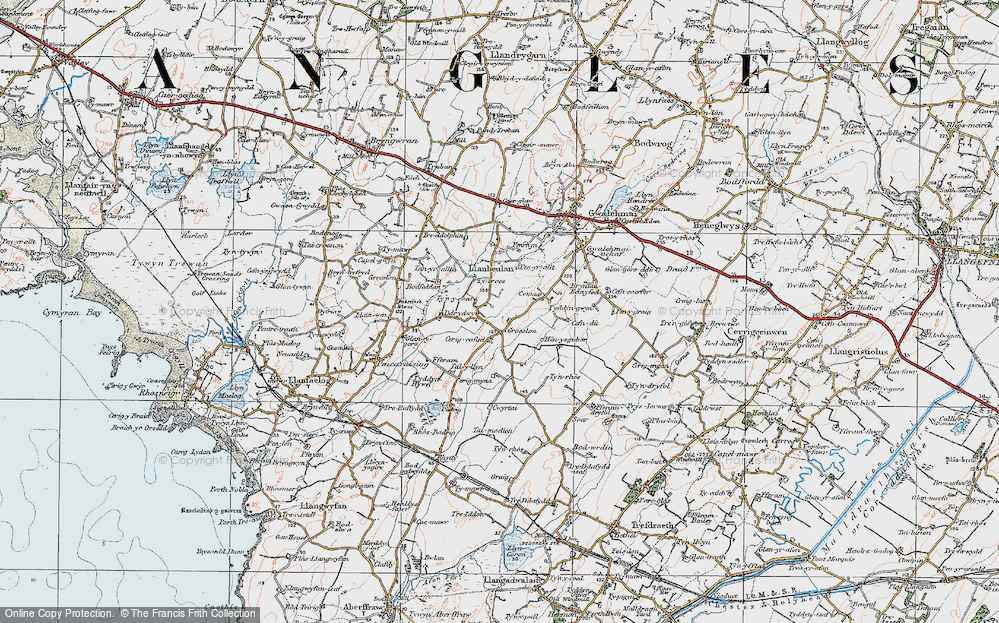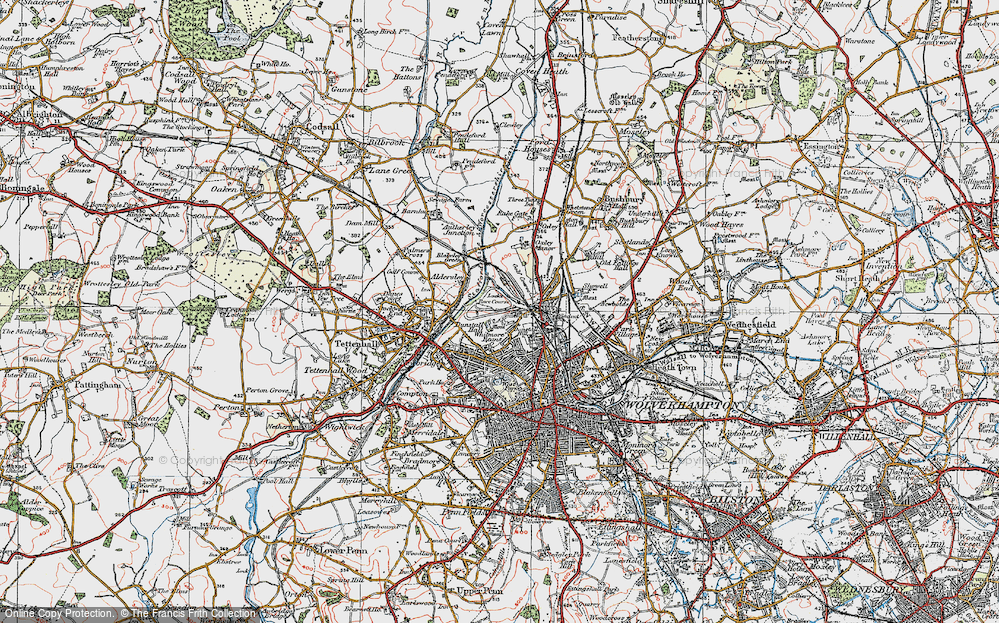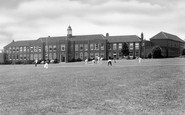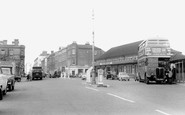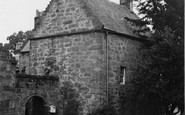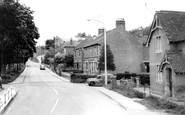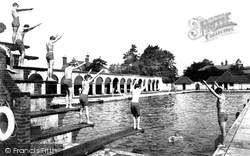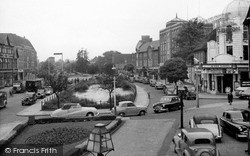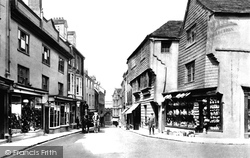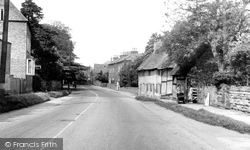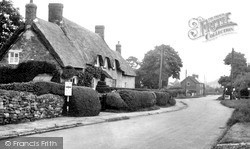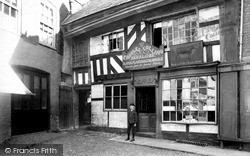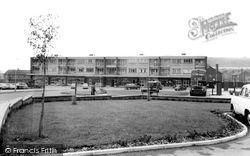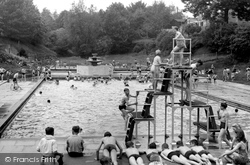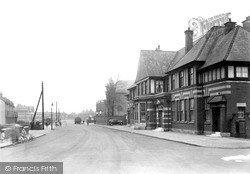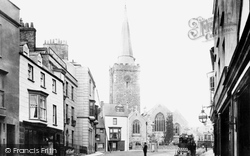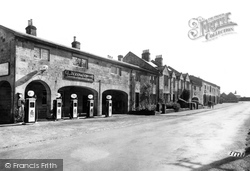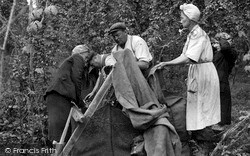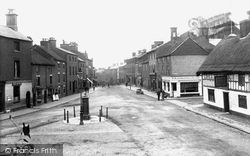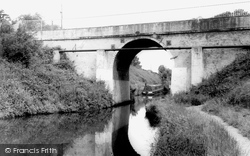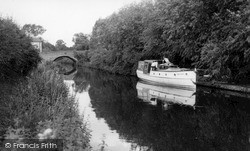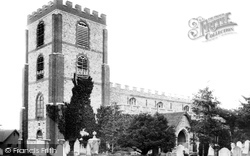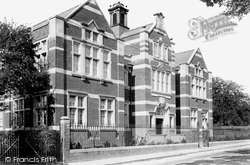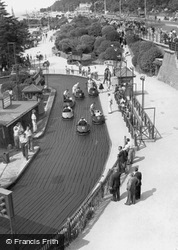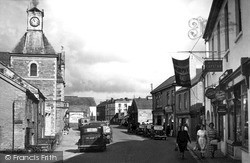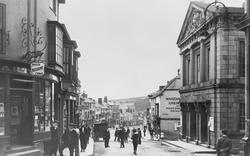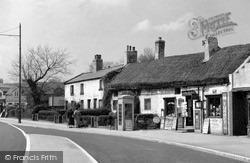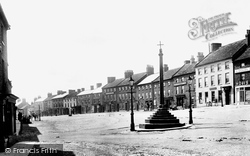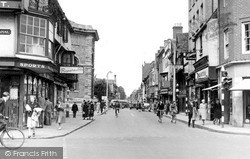Places
36 places found.
Those places high-lighted have photos. All locations may have maps, books and memories.
- Shanklin, Isle of Wight
- Ventnor, Isle of Wight
- Ryde, Isle of Wight
- Cowes, Isle of Wight
- Sandown, Isle of Wight
- Port of Ness, Western Isles
- London, Greater London
- Cambridge, Cambridgeshire
- Dublin, Republic of Ireland
- Killarney, Republic of Ireland
- Douglas, Isle of Man
- Plymouth, Devon
- Newport, Isle of Wight
- Southwold, Suffolk
- Bristol, Avon
- Lowestoft, Suffolk
- Cromer, Norfolk
- Edinburgh, Lothian
- Maldon, Essex
- Clacton-On-Sea, Essex
- Felixstowe, Suffolk
- Norwich, Norfolk
- Hitchin, Hertfordshire
- Stevenage, Hertfordshire
- Colchester, Essex
- Nottingham, Nottinghamshire
- Bedford, Bedfordshire
- Bury St Edmunds, Suffolk
- Aldeburgh, Suffolk
- St Albans, Hertfordshire
- Hunstanton, Norfolk
- Chelmsford, Essex
- Bishop's Stortford, Hertfordshire
- Peterborough, Cambridgeshire
- Brentwood, Essex
- Glengarriff, Republic of Ireland
Photos
11,144 photos found. Showing results 12,761 to 11,144.
Maps
181,031 maps found.
Books
442 books found. Showing results 15,313 to 15,336.
Memories
29,038 memories found. Showing results 6,381 to 6,390.
The Roundway I Remember
In 1954 Roundway was the site of the Royal Army Pay Corps Training Centre. Nothing now remains of this except a plaque erected by the local council to commemorate the fact that thousands of young men conscripted for ...Read more
A memory of Roundway in 1954 by
My Time Here
I know my memory wasn't long ago but I love the fact that this school is still standing. I went there in 1998 and left in 2002. I was in the Angles House and we won every music interhouse competition going. I miss my time there soooo ...Read more
A memory of Redditch in 1998 by
Old Hatfield
I was employed as an electrician, by a company known as J.Hodge and spent 18 months in Hatfield House re-wiring the East Wing. I knew Old Hatfield intimately as I lived in Hatfield for 20 years. When I went back there in 1995 I was ...Read more
A memory of Hatfield in 1947 by
The New Family
My family moved to no 2 Erme Park in 1967 when I was 3. These were of course the new houses. I remember Mr Burrows (father of Cedric/Zedrick) asking me in about 1973 if I was from the new houses. I of course said no as we'd been ...Read more
A memory of Ermington in 1967 by
First World War Memories Of Girls Working On The Land
I have a small book of the memories of my mother and aunt who worked on Lord Rayleigh's farm during the First World War. Does anyone else have relatives who worked there? Would anyone like to read these? I would love to have a photo of the farm. Mary
A memory of Terling in 1910 by
The Horse Racing Years
My father purchased Waygateshaw House, the Gatehouse, and 27 acres from Mr Campbell in 1989 for an equestrian pursuit, namely training racehorses. We were called Silverbell Racing. We had many visitors from the racing ...Read more
A memory of Crossford in 1989 by
An Evacuee In 1940
I remember my first home in Westbury Leigh was with a family called Rowe, they seemed fairly old people to me (then a ten year old boy) but now I am eighty I don't suppose they were. One of the brothers, a Charles Rowe, ...Read more
A memory of Westbury Leigh by
Mr Lennon Drayton Manor Grammar Reunion 2010
45 out of 90 students meeting up....see southall knowhere site on google 2010
A memory of Southall by
Your search returned a large number of results. Please try to refine your search further.
Captions
29,395 captions found. Showing results 15,313 to 15,336.
In 1997 a statue of William Webb Ellis was unveiled by the rugby player Jeremy Guscott in front of the New Quad building.
This motor historian's delight contains many cars and vans typical of its date.
The slate-hung buildings are 11 and 13 High Street, two of the oldest in town.
The slate-hung buildings are 11 and 13 High Street, two of the oldest in town.
In medieval times the town also supported the Hospital of St John the Evangelist, founded in 1189 for a chaplain and twelve poor people.
Ranksborough, to the west of Langham, is the most famous of the Cottesmore hunt coverts, looking out over the choicest pastures and flying-fences.
This has led many to believe that this is the house from which Charles II so famously escaped after the Battle of Worcester, running out of the back door as his pursuers came in at the front.
This photograph (and D69029) show the impact of 1960s development and the architectural mores that governed the town.
Outdoor swimming pools were a feature of the concern for health and fitness in the 1930s.
The small village based around the manor of Rossington was enlarged to its west side once coal reserves had been found.
The dramatic 150 ft spire of this church dedicated to St Mary soars over the Tenby rooftops, and is reputedly the largest parish church in Wales.
The new village was in fact one long terraced row featuring an arcaded ground floor; this was a reflection of Sir Charles Monck's taste for things Italian.
This village was the hop picking 'capital' of Kent. At one time, every September hordes of workers with their families would arrive and camp out for the season.
The Manor of Stone was not mentioned in the Domesday Book, though it was given by William the Conqueror to one Erasmus de Walton. His family held it until the reign of Henry I.
In 1846 the Shropshire Union Canal Co was formed by the amalgamation of several companies.
On the canal near Bratch Locks. The canal is narrow; the maximum dimensions for watercraft are 70ft x 7ft x 3ft draught, with headroom of just 7ft, 6in.
In 1800, shortly after the roof of Chelmsford's future cathedral had collapsed, the tower of All Saints', Writtle, followed suit.
Subsequently it became part of the School of Art and Technology (currently Anglia Polytechnic University).
Here we see part of the amusement park again. It was known for many years as Peter Pan's Playground and lies to the west of the pier, close to the place where the previous photographs were taken.
This medieval port stands at the head of the Camel estuary. Sailing ships from Bristol once plied up and down its channel and berthed at the town wharves.
In 1910 the Mayor announced from the Guildhall steps that as a mark of respect for the late King Edward VII the Furry Dance was to be postponed.
Most rationing had ended by now, but you still needed sweet coupons to spend your sixpence or shilling pocket money at this thatched Post Office and general stores.
In the early 19th century the town had a population of around 1,100. The poor were reasonably well cared for.
The importance of Salisbury to the military establishment after the war can be seen in this picture of Fish Row, just behind the Guildhall.
Places (6814)
Photos (11144)
Memories (29038)
Books (442)
Maps (181031)


